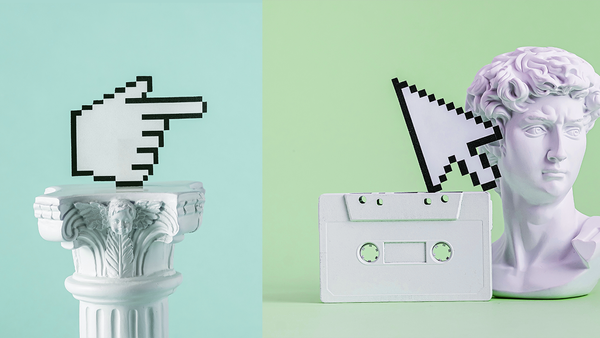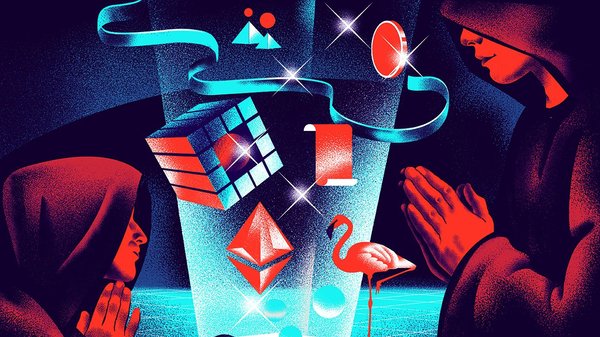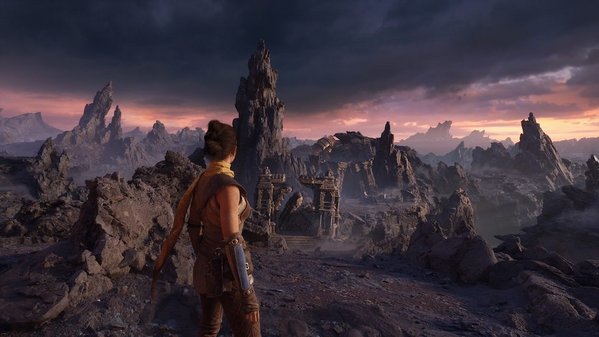
AT A GLANCE /
- Web3 is the next iteration of the internet, founded on decentralised blockchain technology. The key attributes of this version of the web is that it is ownable, ‘trustless’ and transparent
- Web3 doesn’t quite exist, but DAOs (decentralised autonomous organisations) show how some of the theory behind Web3 might work in practice. Already DAOs have been used to facilitate collective financial investments and a new type of decentralised social network
- DAOs could influence brands by impacting consumer expectations around ownership, blurring the lines between consumers and investors, and changing how businesses consider growth and scale
- There is a heated debate among technologists about whether the accessibility, decentralisation and inclusivity promised by Web3 is in fact a myth
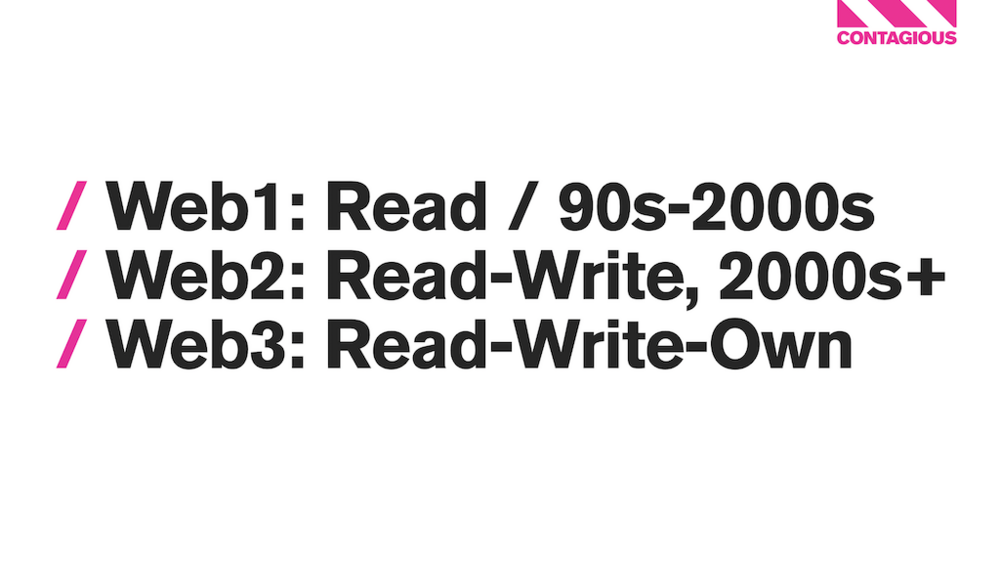
DEFINITION /
Web3 is the follow up to Web1 – the first iteration of the internet, comprising mostly static content that you could read but not interact with – and Web2, which is the internet as we know it today. Partly thanks to social media, Web2 is interactive and users can also be creators. But most of the internet is controlled and owned by big tech companies such as Google and Meta (ie, Facebook).

There’s still a lot of debate about the precise definition of Web3, but in 2014, Gavin Wood, co-founder of blockchain-based software platform Ethereum, wrote a blog post considered seminal on this topic. In it, he sets out a vision for Web3 shaped by the perceived problems of Web2. He argues that ‘entrusting our information to organisations is a fundamentally broken model’ and proposes ‘Web 3.0’, or what he also calls the ‘post-Snowden’ web, as ‘a re-imagination of the sorts of things we already use the web for, but with a fundamentally different model for the interactions between parties’.
His motto for Web3 is ‘less trust, more truth’, which (as he explained to Wired last year) means that we shouldn’t just have blind faith in corporations to meet our expectations. The so-called ‘trustless’ quality of Web3 comes from the elimination of intermediaries like banks, lawyers or corporations. With Web3 you shouldn’t have to worry about things like human error, censorship, or people or companies acting in their own self-interest. This is because Web3 depends on decentralised blockchain technology, so the decision-making is done by a distributed network of computers. All the decisions are guided by ‘smart contracts’, which are rules written in code. When the system can see that certain conditions have been met, it acts accordingly.
In addition to trustlessness, another key component of Web3 is transparency. Because the blockchain’s ledger is permanent and every transaction is visibly recorded, there is also a great deal more transparency in this system.
The final key attribute of Web3 is ownability, as in this version of the web the data, assets and content are owned by the builders and the users, instead of being owned by corporations. Tokens (either non-fungible tokens, ie, NFTs, or fungible tokens like bitcoin) help denote this ownership.
LANDSCAPE /
Imagine trying to explain the value of the internet before people were really using it. That’s the position that Bill Gates found himself in, back in 1995, when he visited The Late Show to convince David Letterman that the internet was the ‘big new thing’. Letterman was having none of it and just couldn’t see how the internet would serve any function that magazines, radio and tape recorders didn’t already provide.
A clip of their conversation has now gone viral online because people see an analogy between how the world first reacted incredulously to the internet and current responses to the next era of computing, known as Web3.
It’s easy for us to mock Letterman’s lack of foresight and yet it’s hard to imagine the benefits of many technologies before they’re in general use. According to Chris Dixon, partner at VC firm Andreessen Horowitz and a huge supporter of Web3, the next ‘big thing’ will start out looking like a toy. He explains that when cutting-edge technologies launch, they often undershoot human needs so are dismissed as useless. When the telephone first came out, for instance, it could only place calls between short distances, so people could hardly imagine that it would ever displace the telegram. The technology indicative of this next phase of the internet does look pretty frivolous at first glance. An NFT that looks like a cartoon ape, for example, might not be very useful in and of itself, but that doesn’t mean that the technology behind it won’t be. (See our Trend on NFT for Marketers to find out more about the opportunities in this space).
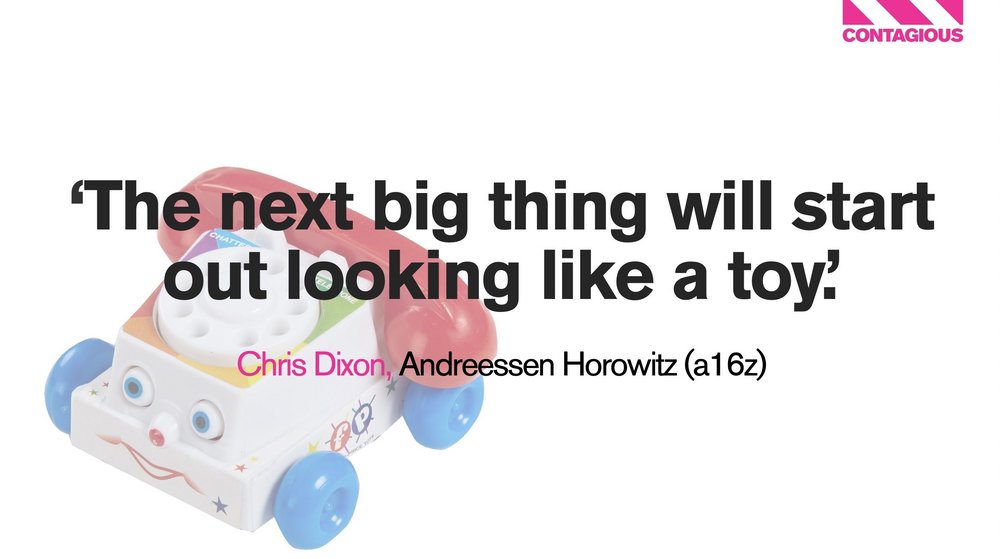
WEB3 IN ACTION /
Web3 doesn’t exist yet but some products and services that meet the conditions of Web3 do. One example is Mirror, which is best understood as a Web3 version of publishing platform Medium. Except, unlike Medium it is decentralised, so writers own their data and content; they can earn money from their content; and they can have a say in what content is promoted and how the platform is governed.
Probably the best way to understand how Web3 might work in practice is DAOs (decentralised autonomous organisations). They provide an alternative to private companies. They’re decentralised because they run on blockchain technology and autonomous in that they make decisions based on rules written in their code, ie, smart contracts. These rules are first determined by the community, with tokens used to as a means to ‘vote’.
There are several different types of DAOs but investment DAOs have probably had a disproportionate amount of media attention because of the sheer amount of money associated with them. These types of DAOs enable members to pool their resources to raise funds. One noteworthy example, Constitution DAO made headlines towards the end of 2021 when this group of crypto fans crowdfunded more than $40m in under a week to buy a first edition copy of the US Constitution (even though they were ultimately outbid at the Sotheby’s auction). Meanwhile, FlamingoDAO, an organisation that collectively invests in NFTs, has an NFT portfolio estimated to be worth $1bn. These examples demonstrate the enormous purchasing power of blockchain-based organisations.
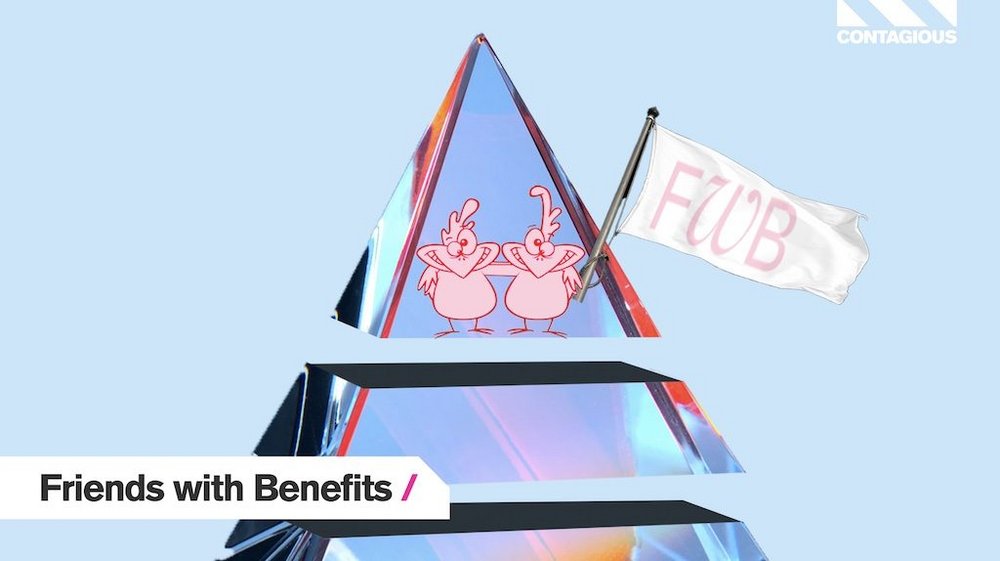
In the social space, organisations are starting to pop up that indicate how Web3 could lead to decentralised social networks. FWB (which stands for Friends with Benefits) is probably the closest real example of this. It’s based around a private Discord server, allowing members to chat to one another online. You have to apply to join and must own at least 75 FWB Crypto tokens to be accepted (a couple of thousand US dollars). Once you are accepted you can participate in FWB’s online and IRL events. DAOs like FWB demonstrate a new social web where users have greater control and ownership of the content and aren’t beholden to the companies that own these networks (ie, Facebook or Twitter) and don’t have to contend with censorship.
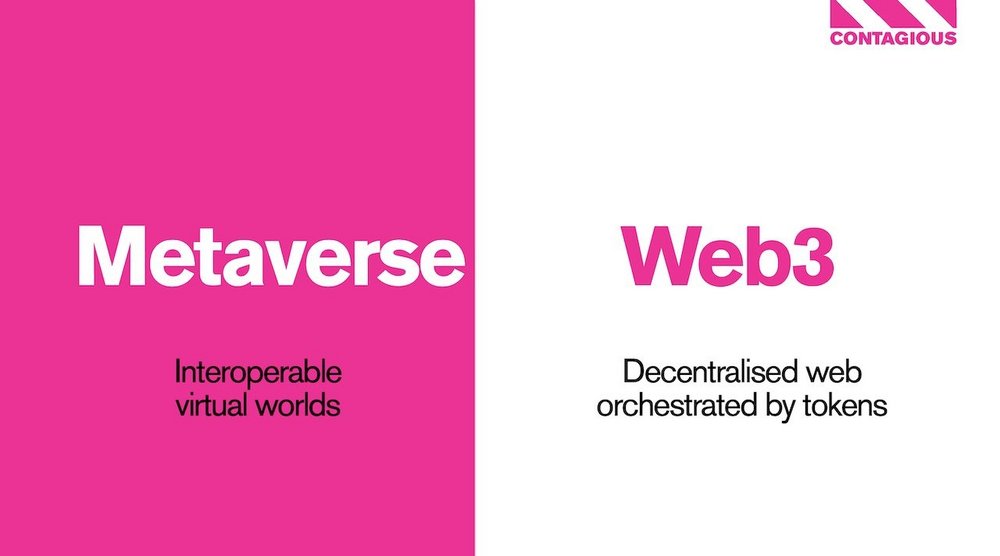
Decentraland is probably the DAO that marketers are most familiar with. Although it’s a virtual world platform, it’s also decentralised and based on blockchain technology, making it a manifestation of early Web3. In this regard, it shows how the concepts of the metaverse and Web3 can coexist. These terms are sometimes used interchangeably and there’s no universally agreed definition for either of these futuristic ideas. But the best way to broadly distinguish between them is by recognising that if the focus of the metaverse is interoperable virtual worlds, the focus of Web3 is an ownable, decentralised web orchestrated by tokens.
Decentraland’s vision is to ‘hand over control to the people who create and play in this virtual space’. This is very different to precursors to the metaverse like Roblox or Fortnite, which are run by traditional corporations.
Brands like Samsung have invested in virtual plots on Decentraland. And when the platform played host to a Metaverse Fashion Week in March, labels including Dolce & Gabbana and Tommy Hilfiger participated with pop-up shops and virtual catwalk shows.
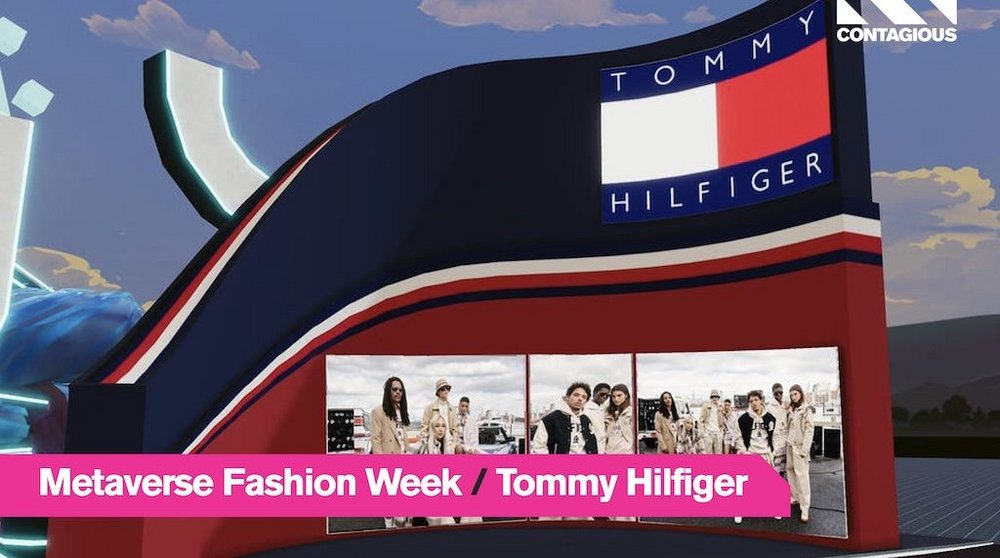
Some of the Decentraland branded virtual experiences are better than others. It’s hard to immediately ascertain why anyone might want to hang out in investment bank JP Morgan’s Decentraland virtual lounge, for example, even though it features a computerised tiger roaming around. But JP Morgan’s philosophy is that it’s better to create something underwhelming than do nothing at all. The company estimated that the metaverse will be a $1trn market infiltrating every sector. In a recent report on the opportunities in this space, the company explained that getting involved is a no-brainer because the risks of failing are low while the risks of getting left behind are high.
RELEVANCE FOR MARKETERS /
Besides appearing on platforms like Decentraland, there haven’t been many examples of brands working with DAOs yet. But marketers should still pay attention to what’s happening in the DAO space, not just because they’re the most concrete examples of Web3 in action, but because they indicate how Web3 could encourage a shift from mass audiences to niche communities.
In 2008, Kevin Kelly, founding editor of Wired, wrote an essay arguing that creators, ie, musicians, designers, artists, etc, could make a good living online as long as they had ‘1,000 true fans’. ‘A true fan,’ he explains ‘is a fan that will buy anything you produce.’
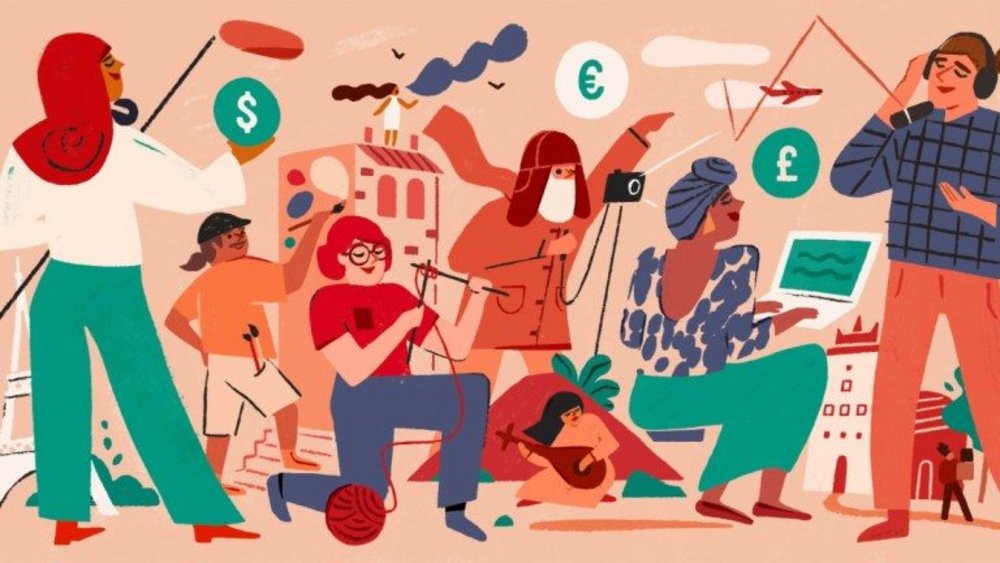
What was pretty theoretical in 2008 has become reality in 2022. Services like Patreon (which makes it easy for fans to pay creators) and Substack (the paid newsletter service) are enabling communities of supporters to financially reward makers. But crypto takes this concept to a whole other level. Consider how NFTs are enabling artists to generate income. Music producer and DJ Steve Aoki, for instance, recently revealed that he made more money from an NFT drop in 2021 than from the six music albums he released over the past decade.
What if a community of 1,000 fans was organised as a DAO, parlaying their financial support of an artist into actual influence as to what the object of their adoration makes? This is what musical artist and composer Holly Herndon is experimenting with. Herndon replicated her voice with machine learning technology and has launched a DAO called Holly+DAO to enable others to use her computerised voice in artistic projects, with the collective retaining ownership of the output. She argues that the DAO will be incentivised to do well because the token holders will benefit from the success of the music tracks, as they will be entitled to a cut of the profits.
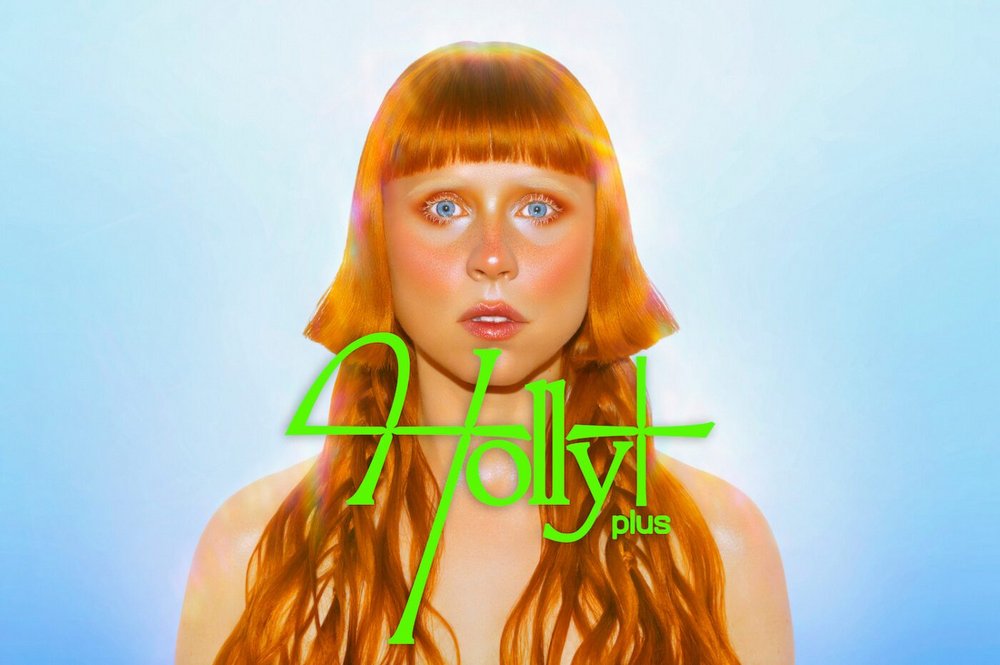
So how does this relate to brands? It’s unrealistic to think that every business will become a DAO, but as this model becomes more commonplace it could influence consumer expectations. Just as social media platforms encouraged people to interact directly with brands and expect a response, in the Web3 era, consumers might expect a greater say and stake in brands they are ‘true fans’ of. For brands, this might mean they will have to be prepared to give up a certain amount of control of their products and the way they operate.
There is also potential for a more financialised relationship between a 'true fan' and the brand, where the fans might invest in the brands they care about. The lines between consumer and investor could become more blurred, with true fans playing a role in promoting the brands they love. They are incentivised for these brands to be more successful because their tokens will become more valuable if they are.

DAOs, and in particular this concept of 1,000 true fans, could also impact the way that businesses consider scale and growth. Among marketers there are a lot of fervent believers in Bryon Sharp’s How Brands Grow argument that brands should go after the masses versus the loyal niche. But some argue that this view of growth is outdated and unsustainable. Brand executive Ana Andjelic said exactly this when Contagious interviewed her recently, arguing that mass brands are over. ‘The best bet is to have a highly engaged audience and 10,000 people who really care about you,’ she said, ‘rather than a million people who kind of care about you.’
CRITICISMS OF WEB3 /
There’s a lot of discussions among technologists about whether Web3 will in fact be the future of the web and whether it should be. It’s not just that certain people are critical of Web3, they actively hate it. A movement of so-called ‘no-coiners’ has rallied against Bitcoin and the growth of decentralised finance.
Software engineer Molly White runs the uber-sarcastic site Web3 is going great, subtitled ‘and is definitely not an enormous grift that’s pouring lighter fluid on our already-smoldering planet’. The site aggregates news that corroborates White’s argument that NFTs are a ponzi scheme, blockchain tech is environmentally destructive, etc. Critics like White dismiss the almost religious devotion that Web3 believers have of an idealistic and theoretical vision of the future internet. Phil Libin, a Silicon Valley entrepreneur originally from the Soviet Union, compares the rhetoric around Web3 to Communist propaganda. ‘There is no single site that lets you do anything useful or at scale,’ he says. ‘But you are supposed to believe in it like the Soviets were supposed to believe in a Communist utopia.’
One of the biggest criticisms of Web3 is that it promises inclusivity and accessibility, but the reality doesn’t necessarily match that, as we explain in our Trend piece on NFTs. Most NFTs, for instance, are owned by just a few big players. In 2021, about 9% of NFT owners were found to hold 80% of the market value, according to Chainalysis research.
Taking those first steps into cryptocurrency or Web3 also requires a base knowledge of technology and a certain amount of capital to invest. So while Web3 might theoretically be for everyone, in practice, the space is dominated by a narrow demographic. The New York Times found that the average crypto owner is a 38-year-old white man, making $111,000 per year. As business professor and author Scott Galloway argues: ‘The advertised decentralisation of power out of the hands of a few has, in fact, been a re-centralisation of power into the hands of fewer.’

People like Twitter co-founder Jack Dorsey, a bitcoin believer who’s anti Web3, argue Web3 is not taking ownership back from big tech corporations and giving it to regular people. He thinks it’s just a way for venture capitalist firms to get richer. He recently tweeted: ‘You don’t own “web3.” The VCs and their LPs do [...] It’s ultimately a centralized entity with a different label.’
Indeed, a major criticism of Web3 is that the decentralisation that it promises is a myth. Even cryptocurrency relies on intermediaries like marketplaces that can impact what users are doing and act as gatekeepers. But Moxie Marlinspike, creator of encrypted messaging service Signal, argues that maybe it doesn’t matter that Web3 isn’t truly decentralised. After all, intermediaries make life easier so perhaps decentralisation shouldn’t be the end goal for Web3. As he wrote in a recent blog post: ‘People don’t want to run their own servers, and never will.’

NEXT STEPS /
We’re not operating in a Web3 reality just yet, and as such, for most marketers it’s not quite necessary to plant themselves on either side of the debate. While it’s exciting to think about what the future might hold, at the moment, as Elon Musk tweeted in December, ‘Web 3 seems more marketing buzzword than reality.’
It’s likely that we’ll only really be able to truly understand Web3 once we get there. In December, Tim O’Reilly, who coined the term Web 2.0, published an article outlining why ‘it’s too early to early to get excited about Web3’. He reminded that he defined Web 2.0 five years after the dot com bust, when he was explaining why certain companies survived and others didn’t. And he suggests we’ll have to wait until the next bust to define Web3.
This doesn’t mean that we should just do nothing while we wait. YouTube, dating app Bumble, Spotify and Disney are all either hiring or have hired Web3 directors. Nike in the US currently has at least 15 job posts on LinkedIn with the term Web3 or metaverse in the description. Luxury fashion conglomerate Kering has a management division dedicated to Web3, with separate teams at Gucci and Balenciaga.
When we talk about Web3, we’re still mostly dealing with theories. And although we might not be able to entirely predict the future, we can still try and get ready for it.
